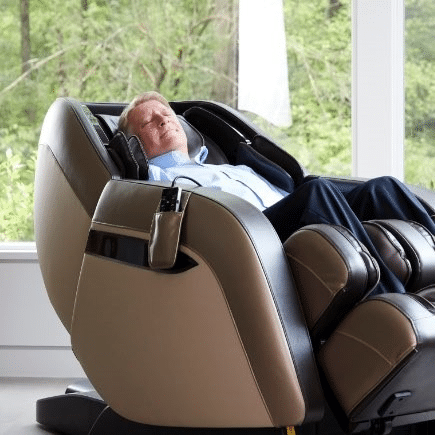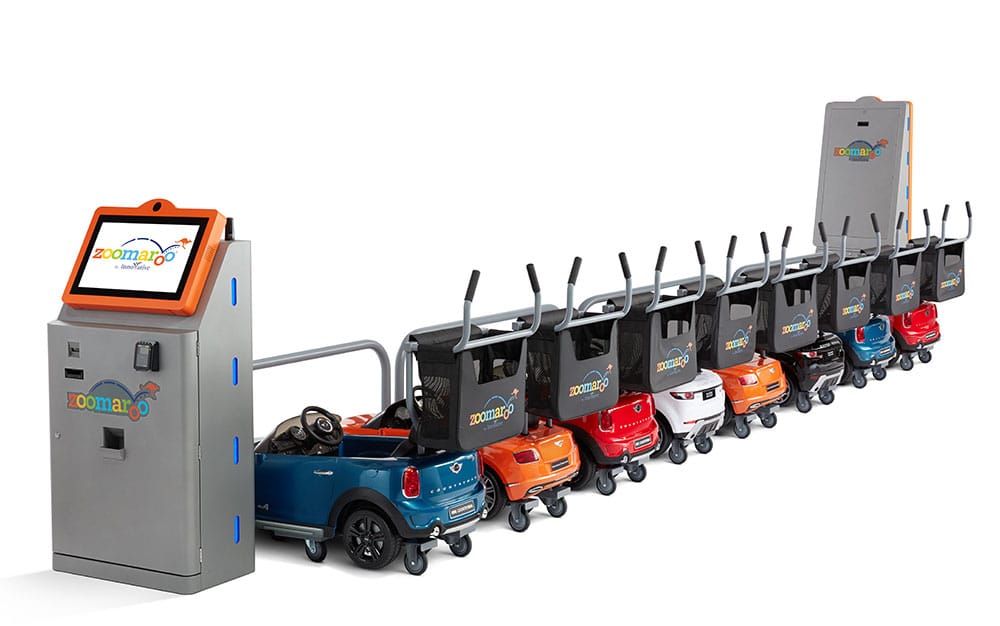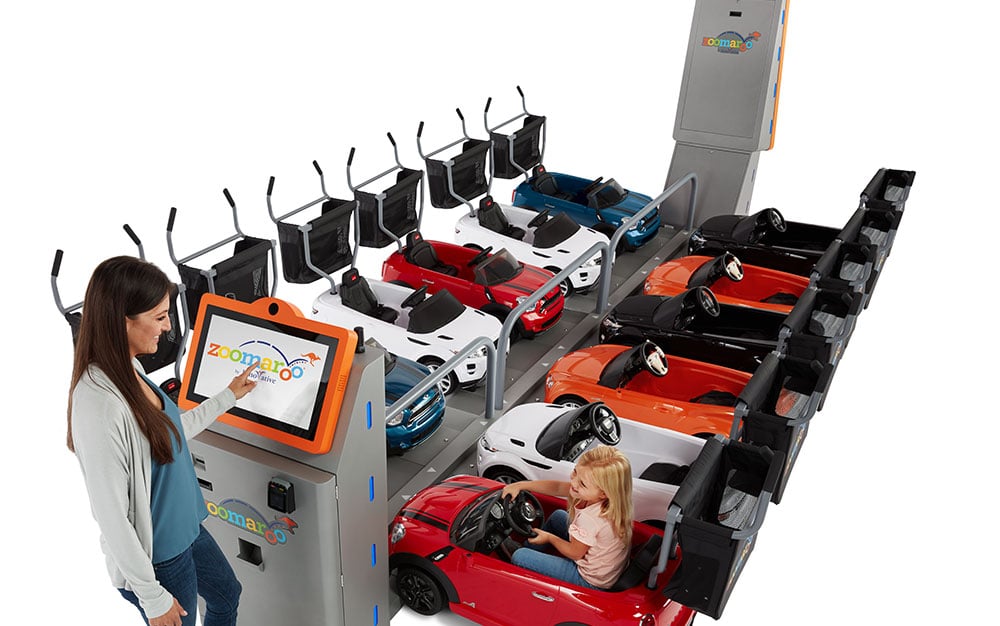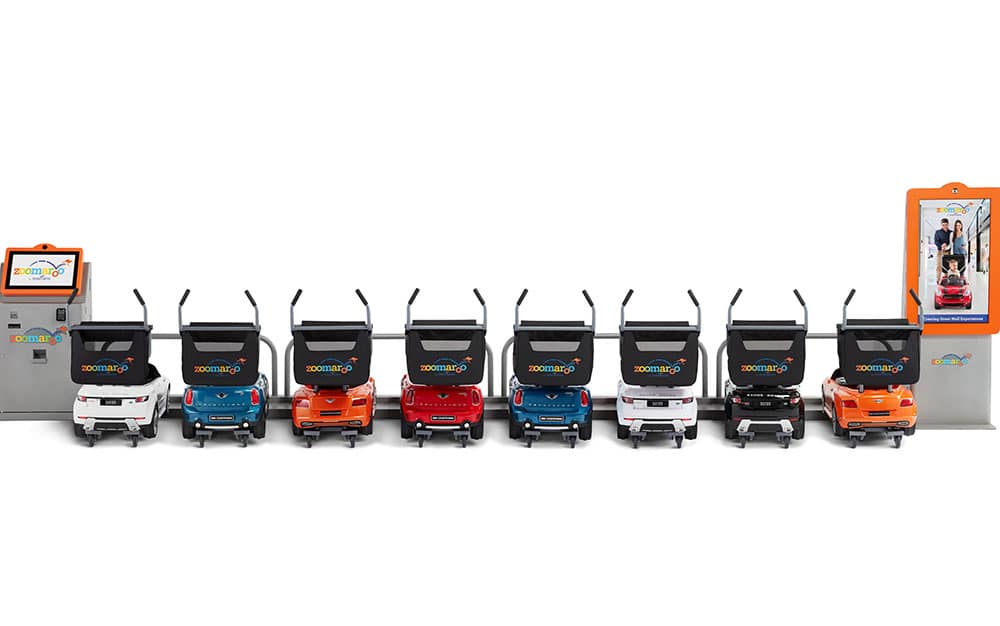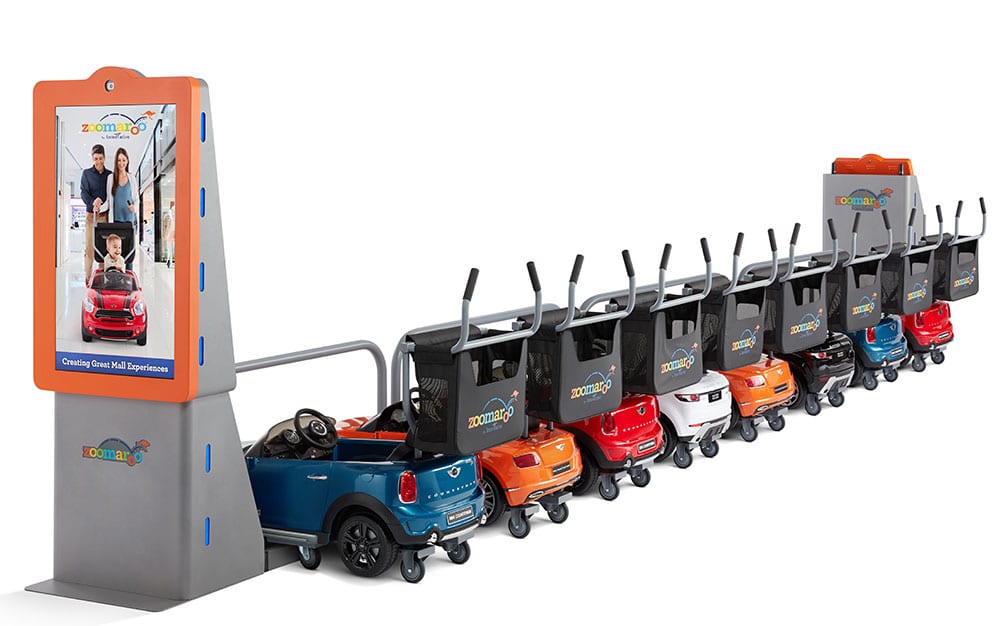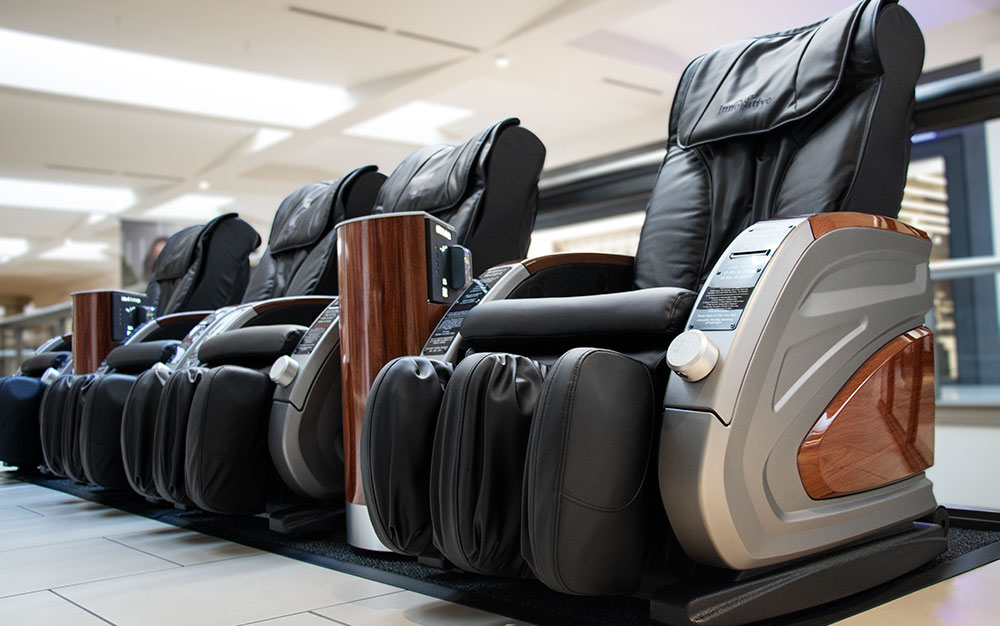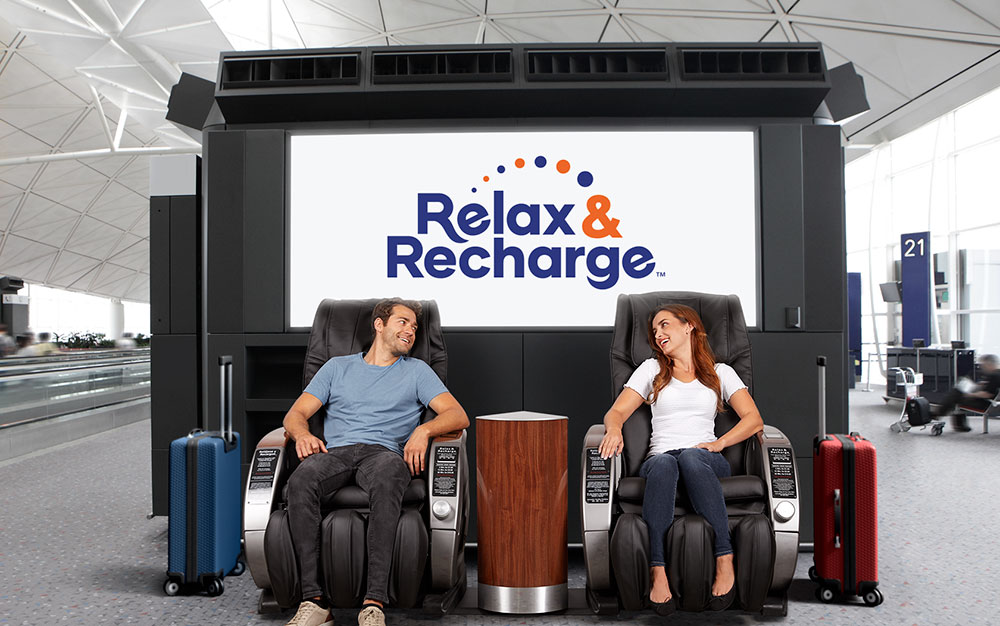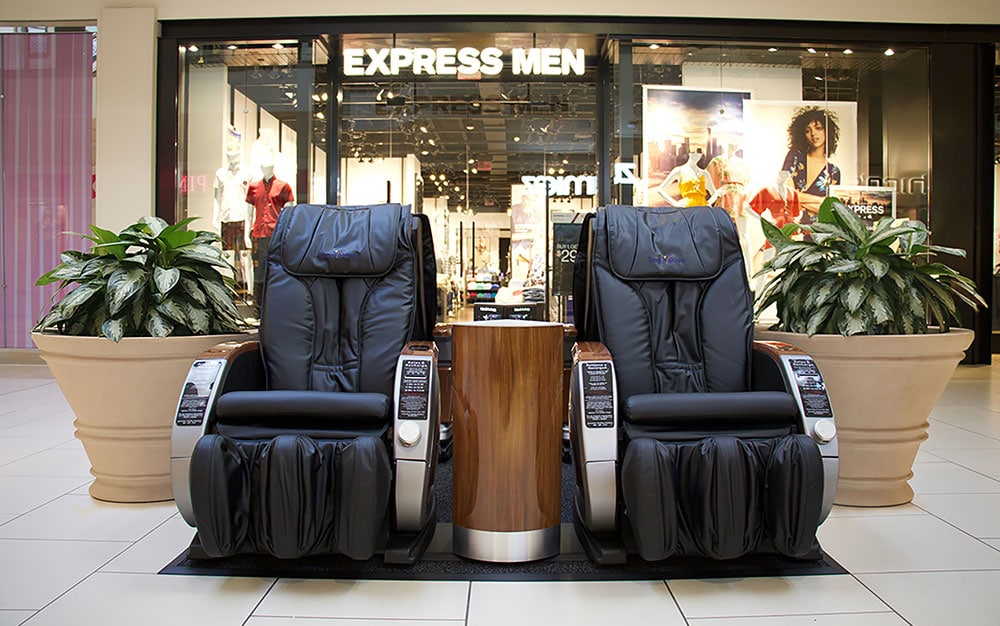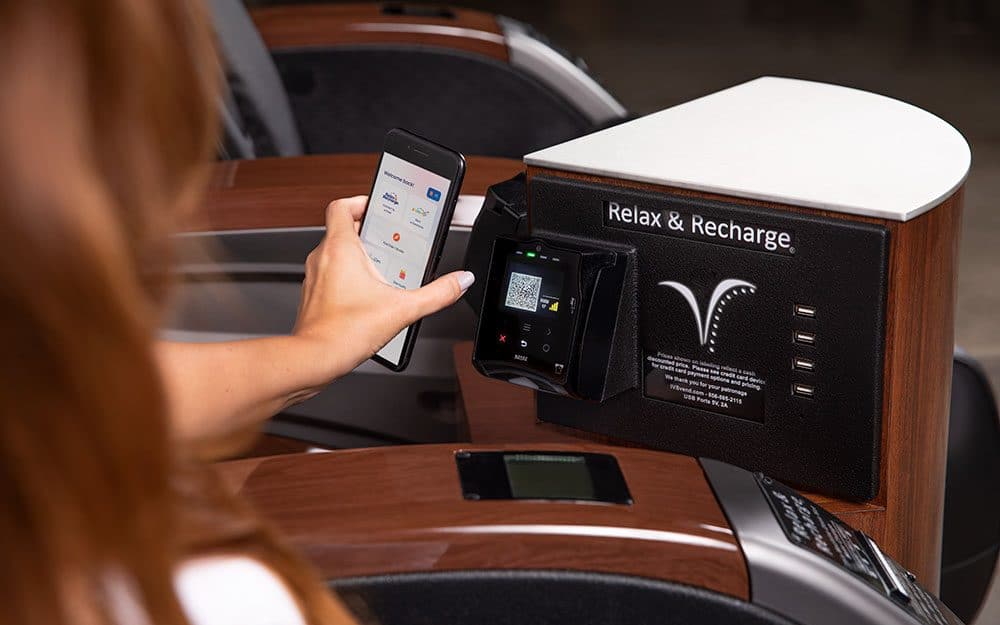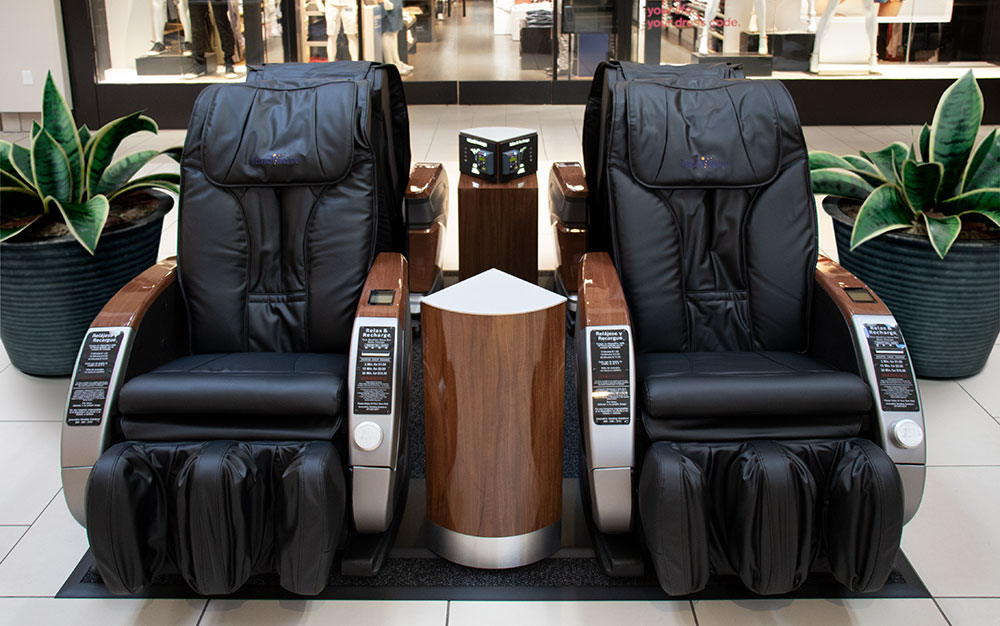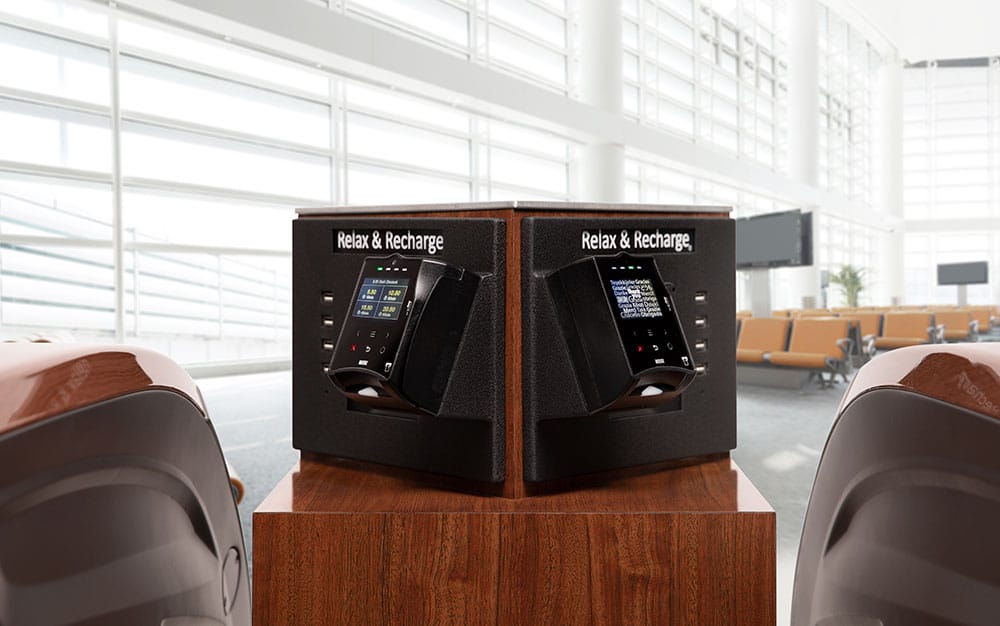Massage Chair Terminology and What It Means for You
Massage chairs are a great investment, whether they are for relaxation, therapy, stress-relief, or all of the above. But there are so many options on the market that it can be overwhelming to narrow them down. A quick Google search of the massage chairs on the market will have you scratching your head, as you see terms like “2D,” “3D,” “L-track,” “S-track”—and even “4D” and “Zero gravity!” So what do all these terms really mean? We’re here to break down some of these complex terms so that you can be an informed buyer.
S-track versus L-track
Each massage chair has several rollers, which are the small wheels that administer the tapping, knocking, and kneading motions during the massage. The rollers can move within the chair during the massage on a certain track that can span anywhere from the neck and shoulder region all the way to the hamstrings. In most massage chairs, you can vary the intensity of the roller motion to provide a slow, relaxing massage or an intense, deep massage.
S-track
The most basic track that the rollers follow is called the S-track, which runs along the spine from the neck region to the lower back.
L-track
The advanced track that the rollers follow is called the L-track. The L-track covers the same area as the S-track, but it also extends to the glutes and hamstrings and provides a massage that covers a larger range of the body.
2D, 3D, and 4D
The track of the massage chair describes where the rollers within the chair are able to move, while the dimension of the massage chair describes how the rollers within the chair are able to move.
2D
2D massage chairs, such as the Tranquil 2D Zero Gravity Massage Chair, allow the rollers to move in 2 dimensions: along the x axis (left and right) and along the y axis (up and down). This allows knocking, tapping, and kneading movement across your back and down your spine.
3D
3D massage chairs, on the other hand, are a more advanced technology and allow the rollers to move in 3 dimensions: along the x axis (left and right), along the y axis (up and down), and along the z axis (out and in). The 3D massage chairs allow for a deeper massage by mimicking the actions of a masseuse pressing into your muscles.
4D
4D massage chairs don’t really exist. Even the most advanced massage chairs continue to move in only three dimensions (left and right; up and down; and in and out). Some chair manufacturers call their chairs 4D if they are both 3D and L-track, allowing maximum coverage and depth during the massage. The Satori 3D Zero Gravity Heated Massage Chair, for example, is what some manufacturers would consider “4D”: it is both 3D and L-track, providing a deep, full-body, therapeutic massage.
Zero Gravity
Another factor to consider when purchasing a massage chair is how far it can recline. Both the Tranquil 2D Zero Gravity Massage Chair and the Satori 3D Zero Gravity Heated Massage Chair have Zero Gravity recline, meaning that the chair is completely reclined such that the entire weight of your back is supported. This allows for a deep, intense massage since it decreases muscle tension in the spine and improves spinal decompression.
With this quick breakdown of some of the peculiar massage chair terminology, we hope you are able to identify the features most important to you and can find the massage chair that best fits your needs.
 0
0



 1
1
